This past Tuesday Central Market hosted a remarkable wine event: a tasting of Grand Cru Classé wines from the Saint-Émilion region of Bordeaux, France.
It was one of only three such producer-organized tastings in the United States. Representatives from the wineries flew from France to San Francisco and then to Houston. The third and final tasting was in Dallas on Wednesday.
Saint-Émilion is not only prolific, but it produces some of the most expensive wines in the world. Classification is strictly controlled by the Institut national de l’origine et de la qualité and there are just 85 Saint-Émilion wines that have Grand Cru Classé status.
“Grand Cru” is a term that does not describe the wine, per se, but rather indicates the potential of the terroir and the historic reputation of the vineyard. Unlike how the term is applied in Burgundy, it isn’t applied to the top tier of wines in Saint-Émilion. Those are identified instead by the term “Premier Grand Cru Classé,” of which there are “A” and “B” categories.
 Only four châteaux are entitled to use the “A” classification while 24 are allowed to use the “B” classification. Premier Cru means “first growth” in French. First growth wines from Bordeaux are highly coveted by collectors; thus these wines often come with a very high price tag. The Central Market event allowed attendees to try some Grand Cru Classé level wines that bore a much more reasonable price tag. At $135, the most expensive bottle was from Château Clos de Sarpe, while the Château Commanderie was inexpensive enough for a weekday steak night at $27.95 per bottle.
Only four châteaux are entitled to use the “A” classification while 24 are allowed to use the “B” classification. Premier Cru means “first growth” in French. First growth wines from Bordeaux are highly coveted by collectors; thus these wines often come with a very high price tag. The Central Market event allowed attendees to try some Grand Cru Classé level wines that bore a much more reasonable price tag. At $135, the most expensive bottle was from Château Clos de Sarpe, while the Château Commanderie was inexpensive enough for a weekday steak night at $27.95 per bottle.
Tasting through 19 Saint-Émilion wines is a study in subtleties. All of the wines are blends of a high percentage of Merlot with Cabernet Franc (and often a little Cabernet Sauvignon as well). The two Cabs add some much needed brightness to the dark-fruited, low-acid Merlot. Because they’re all using the same kinds of grapes, the winemakers make their productions unique by virtue of the care of the vines, the blending, the vinification process and aging.
Château Fonroque was one of our two favorites that evening. It’s a blend of 85% Merlot and 15% Cabernet Franc from a vineyard owned by the Moueix family since 1931. The average age of the vines is 35 years, and the soil is mostly clay on limestone. It’s $39.95 per bottle on Central Market’s price list, a modest middle for the range of what we tasted.
Our other favorite was Château La Commanderie, a blend of 80% Merlot and 20% Cabernet Franc. As with Château Fonroque, the average age of the vines is 35 years. The soil here is different, though. It’s described as gravels, ferruginous (iron oxide-containing) sand and clay on a south-facing slope.
A list of châteaux that participated in the tasting is below. If you are interested in any of these, you will probably want to call Central Market ahead of time to ensure they are in stock or available to order before you head out there.
- Château Bellefont-Belcier
- Château Clos de Sarpe
- Clos des Jacobins
- Château Dassault
- Château Destieux
- Château Faugeres
- Château Peby Faugeres
- Château Fleur Cardinale
- Château Fombrauge
- Château Fonplegade
- Château GrandCorbin
- Château Grand Pontet
- Château Guadet
- Château JeanFaure
- Château LaDominique
- Château LePrieure

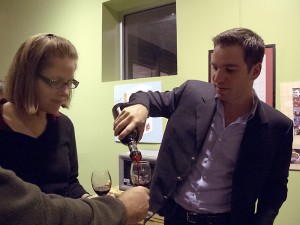
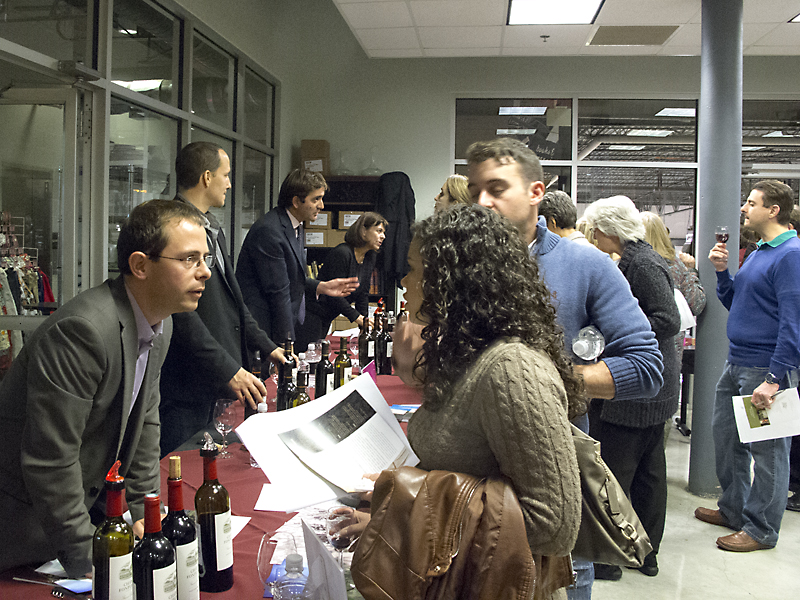

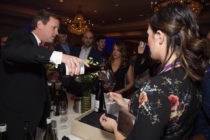

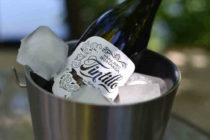
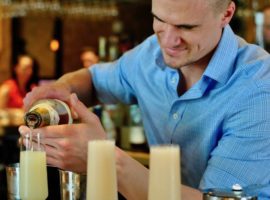
Follow Us